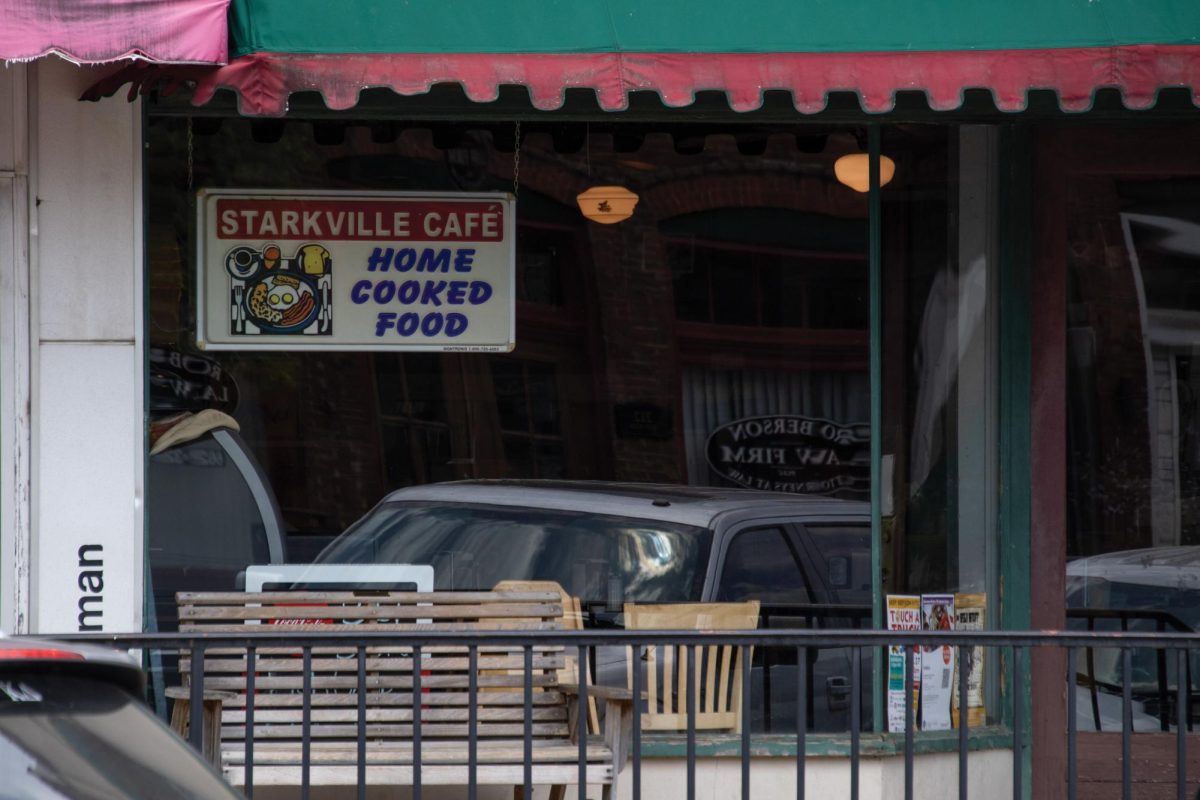Every time our country suffers through another senseless tragedy in the form of a mass shooting, people invariably call for a “national conversation” about what caused the shooting.
Some will talk about the need for more gun control, while others will say we do not take mental health problems seriously enough. Others will suggest violent video games make people more open to committing these atrocities.
For me though, there has always been something unsatisfactory about these arguments. People seem to latch onto a perceived cause, which has a policy prescription closely attached.
In my mind, we are not really asking, ‘why?’ Why, as documented in a piece by CNN, have all the five largest single-day mass shootings in American history occurred since 2007?
To me, it is not enough to entirely chalk up these events to people having access to firearms, or to people suffering from untreated mental illnesses. All of the shooters at some point had to make a conscious choice to carry out the mass shooting, and it is in the identification of this phenomenon where I believe our conversations have fallen short.
This phenomenon came into clearer focus for me a few weeks ago when I was reading Malcolm Gladwell’s The Tipping Point. In it, Gladwell argues the same way one sick person can ignite an epidemic, small events can also push broader trends in a society.
Examples of this include fashion trends, social movements or the popularity of a book. One of the case studies Gladwell uses is the strange story of the suicide epidemic in Micronesia. It is in examining this particular phenomenon where I believe we can find an answer to our missing question on mass shootings.
According to research performed by Donald Rubinstein, the rate of suicides among people living on the collection of Pacific islands known as Micronesia increased rapidly from the 1960s up until the early 1980s.
Rubinstein himself wrote, “From the early 1960s to the early 1980s, suicide rates overall in Micronesia had increased in classic epidemic fashion, more than doubling every decade, from the 1960s to the 1970s, and from the 1970s to the 1980s.”
These suicides were also far more common among men than women, and they were even more common among a single demographic of men. The majority of the suicides were concentrated among males between the ages of 15 to 24, with the rate of suicide in this age group equaling over 100 deaths per 100,000 people per year.
Rubinstein’s research discovered there was a clear profile among the suicide victims. Not only were they males around the same age, but they also killed themselves in the same fashion for similar reasons. Most of the suicides were committed by a non-traditional hanging, and the reasons for the acts in question, while not identical, were often eerily similar.
In a 1983 article in the New York Times, a Jesuit priest in Micronesia named Father Francis Hezel described how the suicides were “brought on by a dispute between a teenager or young man and his parents or an older brother over a ‘crazy little thing.’”
He then listed a few common examples, such as teenagers killing themselves because they were scolded by one of their parents or if one of their parents did not give them money.
Many anthropologists and other scientists have puzzled over diagnosing exactly why these suicides became so common in Micronesia for years. Theories have covered everything from domestic issues to the effects of modernization. Nevertheless, Gladwell found these cases to be a powerful example of a situation where a small event can trigger an epidemic which can be hard to explain.
While it may be hard to see how these sad and bizarre stories could serve as a reference point for our current mass shooting crisis, I feel they indicate a reason for why these shootings have become so commonplace. In the next piece, I will go into greater depth to explain this phenomenon.





















































































